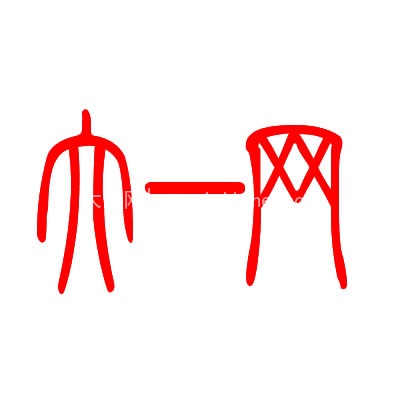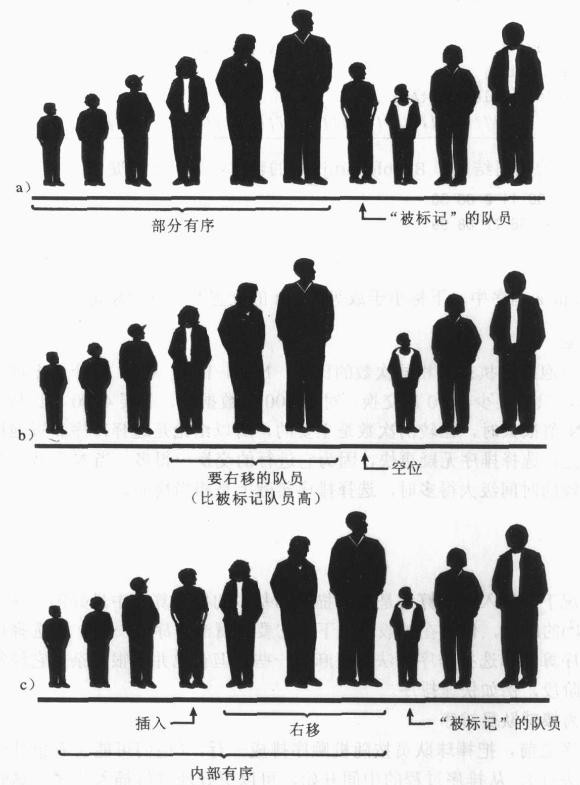call()、apply()、bind()都是函数对象的一个方法,它们的作用都是改变函数的调用对象。它的使用极大的简化了代码的调用。
一、方法定义
call方法
语法:call([thisObj[,arg1[, arg2[, [,.argN]]]]])
定义:调用一个对象的一个方法,以另一个对象替换当前对象。
说明:call 方法可以用来代替另一个对象调用一个方法。call 方法可将一个函数的对象上下文从初始的上下文改变为由 thisObj 指定的新对象。如果没有提供 thisObj 参数,那么 Global 对象被用作 thisObj。
arg1 … argN为被调用方法的传参。
apply方法
语法:apply([thisObj[,argArray]])
定义:应用某一对象的一个方法,用另一个对象替换当前对象。
说明:apply的第一个参数thisObj和call方法的一样,第二个参数argArray为一个传参数组。thisObj如果未传,那么 Global 对象被用作 thisObj。
bind方法
在ECMAScript5中扩展了叫bind的方法(IE6,7,8不支持)
语法:bind([thisObj[,arg1[, arg2[, [,.argN]]]]])
定义:应用某一对象的一个方法,用另一个对象替换当前对象。
说明:bind的thisObj参数也和call方法一样,thisObj如果未传,那么 Global 对象被用作 thisObj。arg1 … argN可传可不传。如果不传,可以在调用的时候再传。如果传了,调用的时候则可以不传,调用的时候如果你还是传了,则不生效。例如:
1
2
3
4
5
6
7
8
9
10
11
12
13
|
var person = {
name:"tsrot",
age:24,
sayHello:function(age){
console.log(this.name);
console.log(age);
}
};
var son = {
name:"xieliqun"
};
var boundFunc = person.sayHello.bind(son);
boundFunc(25);
|
1
2
|
var boundFunc = person.sayHello.bind(son,25);
boundFunc();
|
1
2
|
var boundFunc = person.sayHello.bind(son,25);
boundFunc(30);
|
二、call、apply、bind的区别
1、call的arg传参需一个一个传,apply则直接传一个数组。
1
2
3
4
5
6
|
function hello(name,age){
console.log(name);
console.log(age);
}
hello.call(this,"tsrot",24);
hello.apply(this,["tsrot",24]);
|
2、call和apply直接执行函数,而bind需要再一次调用。
1
2
3
4
5
6
7
8
9
10
11
12
13
|
var obj = {
x: 81,
};
var foo = {
getX: function() {
return this.x;
}
}
console.log(foo.getX.bind(obj)());
console.log(foo.getX.call(obj));
console.log(foo.getX.apply(obj));
|
三、运用场景
实现继承
1
2
3
4
5
6
7
8
9
10
11
12
13
|
function Animal(name) {
this.name = name;
this.showName = function () {
console.log(this.name);
}
}
function Cat(name) {
Animal.call(this, name);
}
var cat = new Cat('Black Cat');
cat.showName();
|
数组追加
1
2
3
4
|
var array1 = [1 , 2 , 3, 5];
var array2 = ["xie" , "li" , "qun" , "tsrot"];
Array.prototype.push.apply(array1, array2);
console.log(array1);
|
获取数组中的最大值和最小值
1
2
3
4
5
|
var num = [1,3,5,7,2,-10,11];
var maxNum = Math.max.apply(Math, num);
var minNum = Math.min.apply(Math, num);
console.log(maxNum);
console.log(minNum);
|
将伪数组转化为数组
1
2
3
4
5
6
7
8
|
var fakeArr = {0:'a',1:'b',length:2};
var arr1 = Array.prototype.slice.call(fakeArr);
console.log(arr1[0]);
var arr2 = [].slice.call(fakeArr);
console.log(arr2[0]);
arr1.push("c");
console.log(arr1);
|
保存this变量
1
2
3
4
5
6
7
8
9
10
11
12
13
14
15
16
17
18
19
20
21
22
|
var foo = {
bar : 1,
eventBind: function(){
var _this = this ;
$('.someClass').on('click',function(event) {
console.log(_this.bar);
});
}
}
var foo = {
bar : 1,
eventBind: function(){
$('.someClass').on('click',function(event) {
console.log(this.bar);
}.bind(this));
}
}
|


